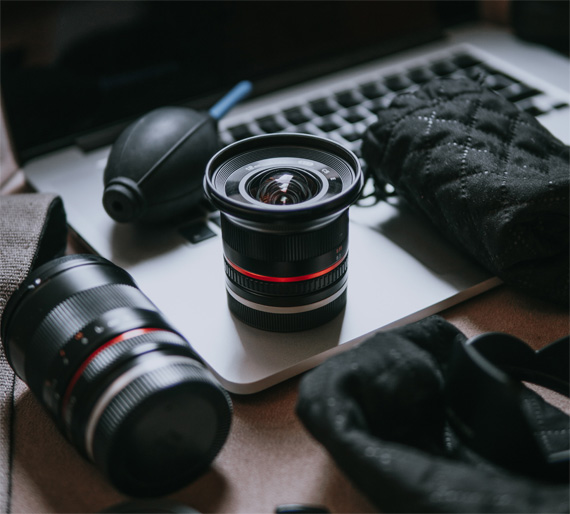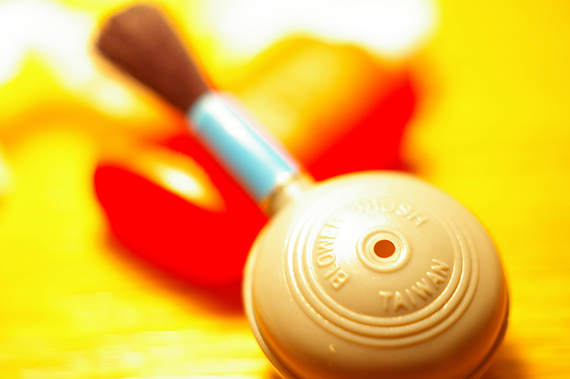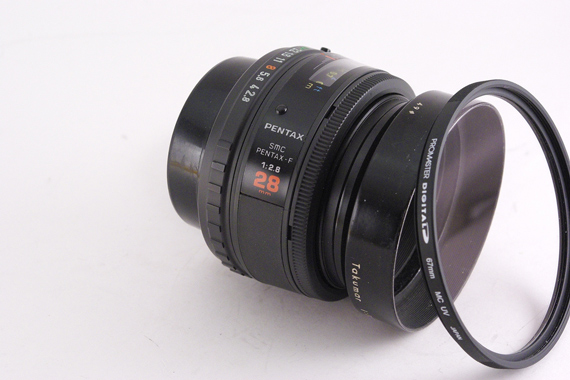A well maintained, clean lens is vital to any photographer. Here are 10 simple top tips for cleaning your digital camera lens.
1. Get a simple lens cleaning kit. They’re inexpensive and invaluable. A cleaning kit commonly includes a microfibre cloth, a blower brush, and some lens cleaning fluid.

Photo by Sabri Tuzcu; 30mm, ISO 200, f/1.4, 1/160-second exposure.
2. Do not overlook your casing. Regularly clean the casing, as this will pick up grime, grease, and dust quickly.
3. Don’t be heavy handed when cleaning the lens. Remember it is a fragile piece of equipment. If grime is hard to get off, do not rub harder! Keep the pressure light and be patient.
4. Use a blower brush for removing dust on your lens. Remember to extend a zoom lens to its narrowest or widest focal length to make the glass accessible.
5. Some lenses are weather sealed. However, avoid using a cloth dampened with water. A dry microfibre cloth should remove all the dirt and dust just fine.
6. If there is grease, oil, or a smudge on the lens, use a lens cleaning fluid. Use sparingly with a microfibre cloth and rub in a circular motion.
7. Lens wipes are an excellent alternative to microfibre cloths. They are cheap, disposable, and have excellent cleaning capabilities.
8. Buy a lens filter. The filter will protect the front element of your lens. A standard UV filter is ideal. Replacing a damaged filter is much cheaper than replacing a damaged lens!
9. A fine, soft painter’s brush is a cheaper alternative to a blower brush. A soft bristle, camel hair brush is ideal and is commonly available in art stores or online.
10. Clean your lens often! Never forget the importance of keeping it clean! The exposed glass elements on your lens are the most important parts when it comes to optical quality.
Every photographer should regularly check their lens for dust and smudges. This is not only to ensure you are taking the sharpest possible shots; a smudge or a fingerprint left for a long time could cause permanent damage to your expensive camera lens.
As we all know, keeping your lens clean isn’t exactly mind-bogglingly difficult, but it is a task that should be performed regularly, patiently, thoughtfully, and attentively. Arm yourself with the proper lens cleaning tools. They’re an invaluable investment and are worth their weight in gold.
About the Author:
This article was written by James Cottis from Photo Cameras Online.
Like This Article?
Don't Miss The Next One!
Join over 100,000 photographers of all experience levels who receive our free photography tips and articles to stay current:








thanks a lot!
very use full tip 👏🏽
Question: When using a lens cloth or lens tissue with cleaning fluid, should you wipe in a circular motion or linear (across the lens)?
simply awesome. love your content.
Thanks for yor article and humour. I am in despair..i have a nikon cp610 and I can’t get rid of the smears on the lens. I have tried lens cleaner and tissues many times and it like the pink in The cat in the hat, it moves around but won’t leave. What can I do?? I guess I must have touuched the lens at some time and once some citrus pollen blew on it while a was taking a bee pic. Thanks for this opportunity to ask
A piece of double sided tape on the camera cap when you’ve removed the lens is handy
Some great tips on how to extend the life of any lens! Thanks
In twenty years I have never had any damage to either the filter or the front element of my lenses.
The best protection for the front element of the lens is a lens hood which also increases contrast in many situations and does not put another piece of glass into the equation which may cause flare or other artifacts.
The only thing UV filters a good for is to fill the pockets of those who sell them. If you buy a cheap one, you will degrade the image quality – if you buy a good one, you end up spending more money than the replacement of the front element (or a new lens) will cost in the unlikely event of damage.
The only two situations, where a UV filter is preferable, I can think of at the moment are, when you are in a very dirty environment (it is easier to take off the filter than to clean front of the lens itself) or when you take photos where sparks could probably hit the lens.